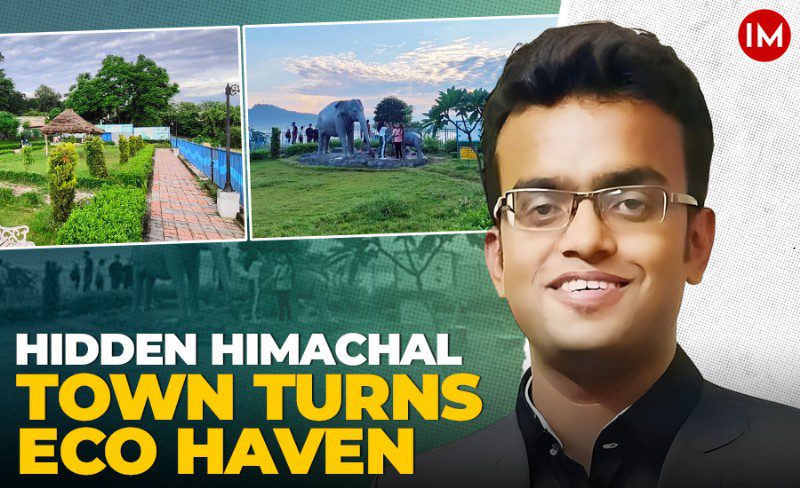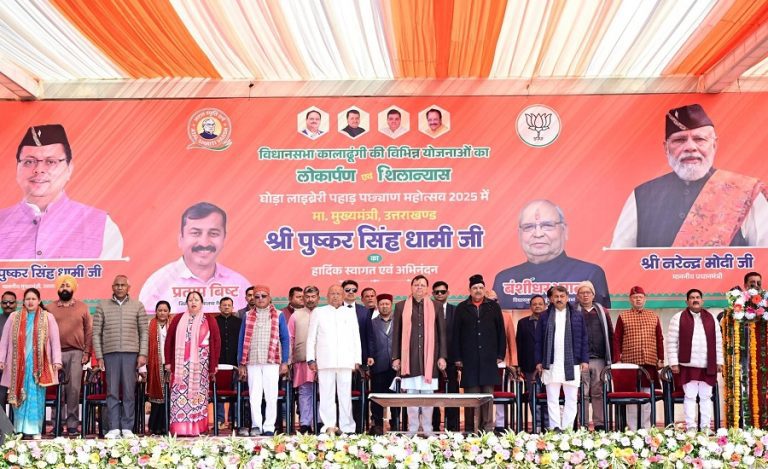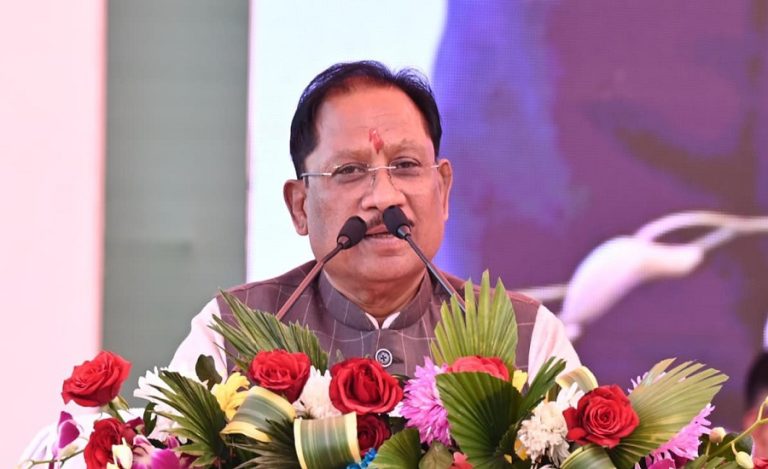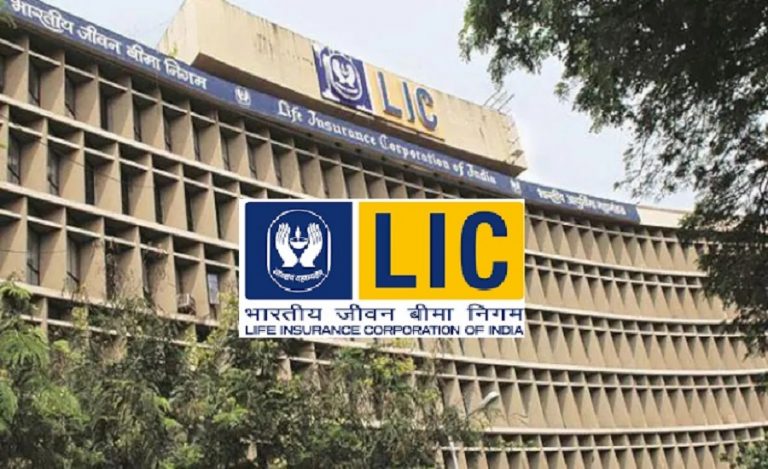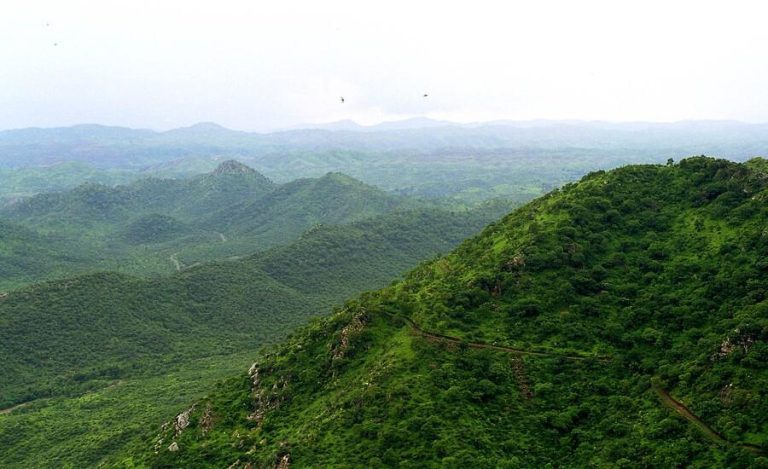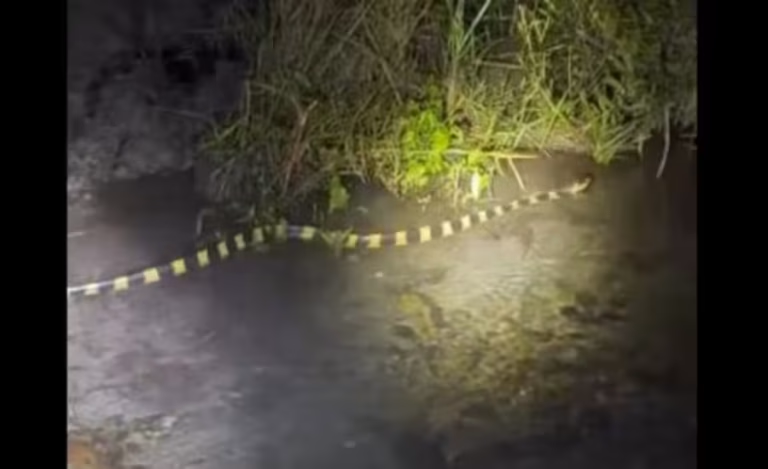When you think of Himachal Pradesh, the mind instantly wanders to Kullu, Manali, Shimla, or Kasol. Rarely does Paonta Sahib figure in that imagination, despite its sacred heritage and lush Sal forests. But in the last two and a half years, this quiet border town in Sirmaur district has witnessed a silent transformation, led by 2017-batch IFS officer Aishwarya Raj, Deputy Conservator of Forests, Paonta Sahib.
“Paonta Sahib was not really on the ecotourism itinerary of visitors. Yet, the town had immense potential with its thick Sal forests, the Yamuna flowing through Himachal, and even signs of an emerging elephant corridor. The problem was open dumping, encroachment, and degraded sites. We decided to see opportunity in those challenges,” he shared in an exclusive conversation with Indian Masterminds.

FROM GARBAGE DUMPS TO GREEN SANCTUARIES
Most of the five major eco-restoration and urban forestry projects undertaken were developed on erstwhile garbage dumping grounds. Transforming them was no small task. The Goanpur Nature Trail, inspired by Japanese gardens, required the removal of 31 tractors of garbage before it could bloom into a peaceful, themed walking trail with informative signage.
Another landmark initiative was the creation of a Miyawaki green belt around a waste treatment plant that had been the subject of an NGT case due to foul odour. Within just a monsoon season, the dense plantation of native species took root so well that the stench issue subsided, and the tribunal took note.
“We focused on native species and natural regeneration. Within months, the barren patch turned into a thriving green belt,” Raj shared.
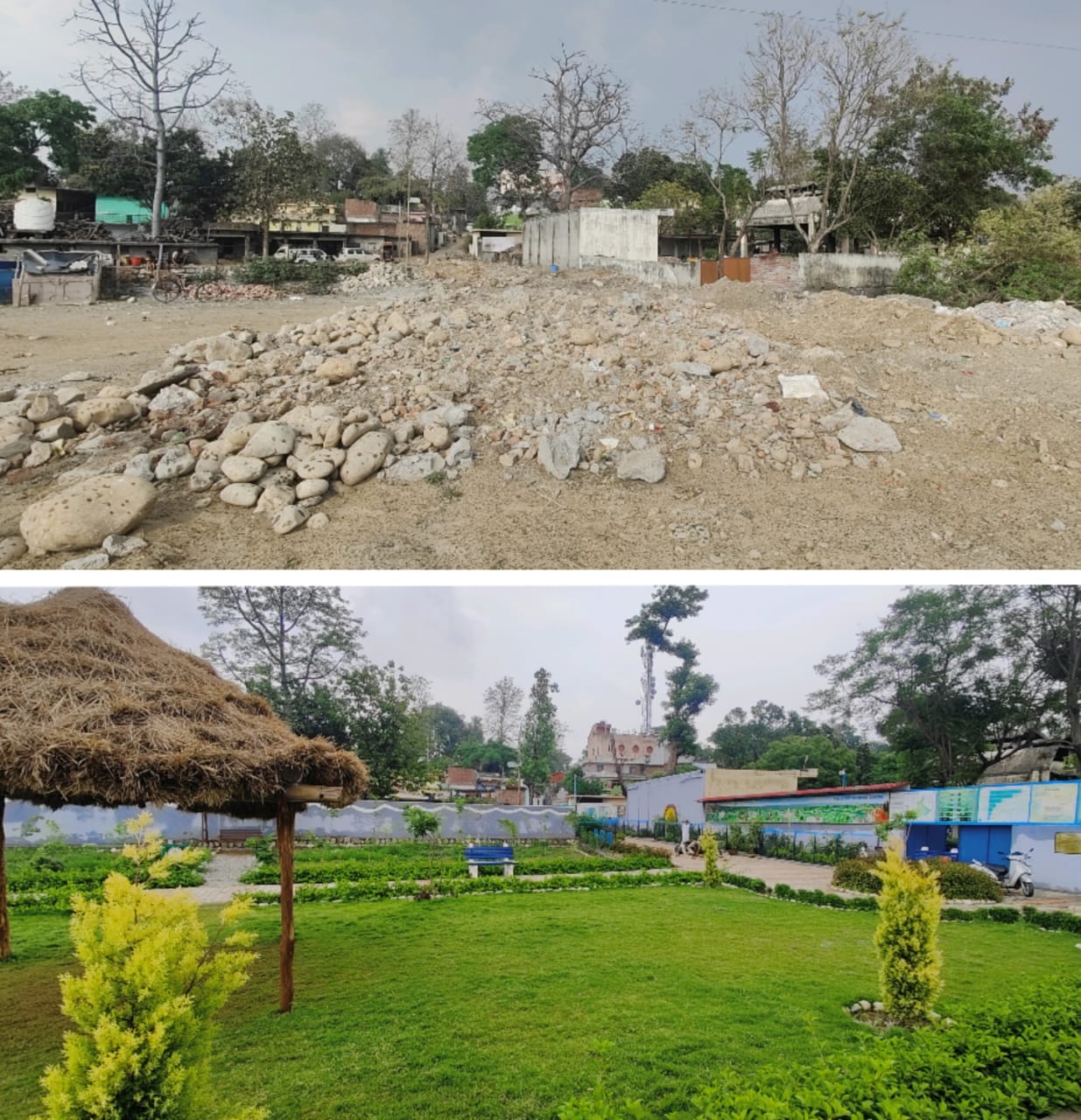
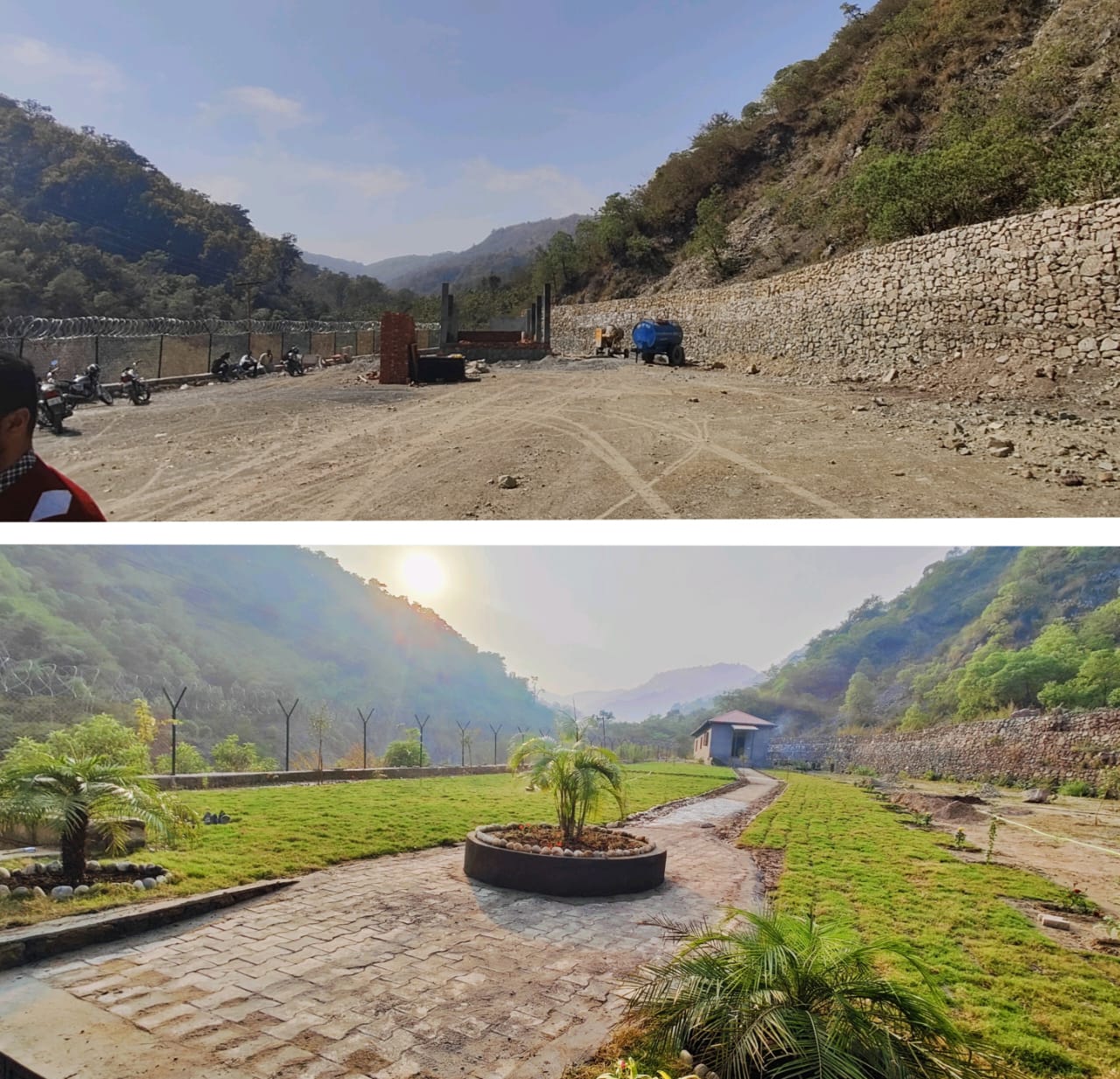
WEAVING CULTURE INTO CONSERVATION
Not every project was purely ecological. Raj also spearheaded the development of Simor Van Vihar, a museum and cultural hub celebrating the rich but lesser-known heritage of Sirmaur. Drawing from his earlier experience of creating a wood museum in Parvati Valley, he envisioned a space where history, ecology, and community livelihoods intersect.
Today, the museum houses 12th-century relics of the Sirmor kingdom alongside exhibits on local culture. A cafeteria run by a women’s self-help group serves traditional Sirmori cuisine, ensuring visitors don’t just see culture, they taste it too.
“The idea was not just to showcase history, but to give the local community ownership in this journey,” Raj explains.
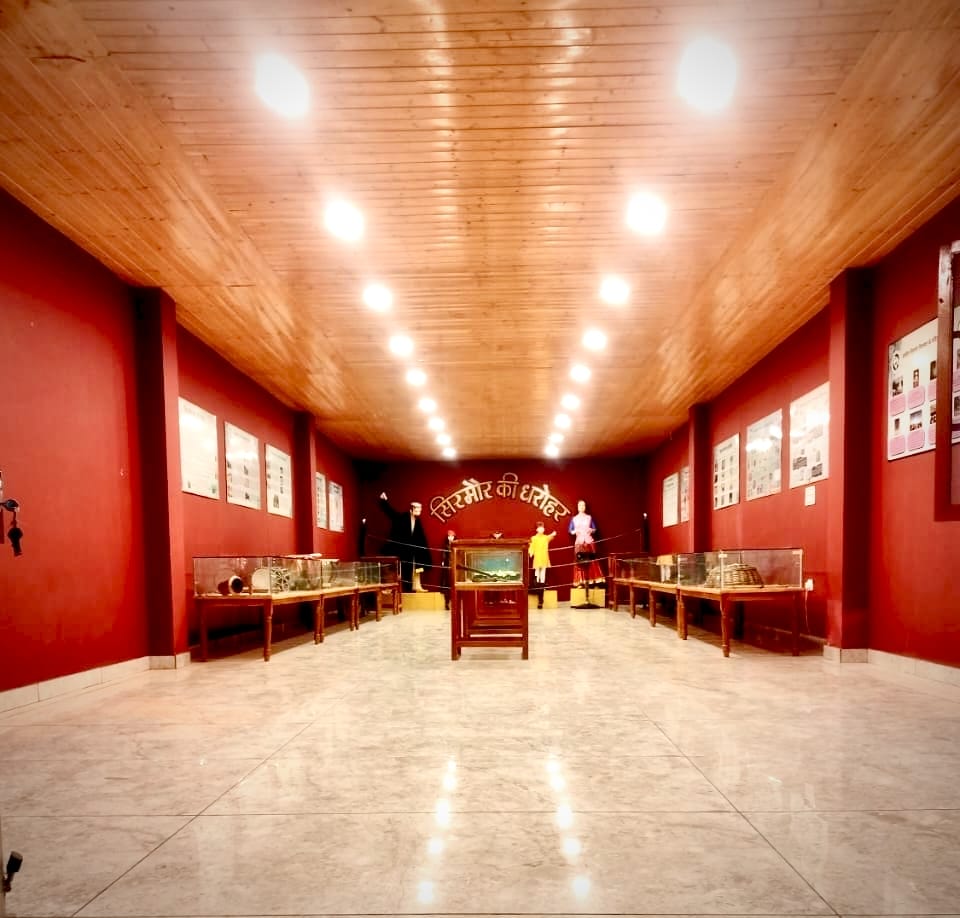
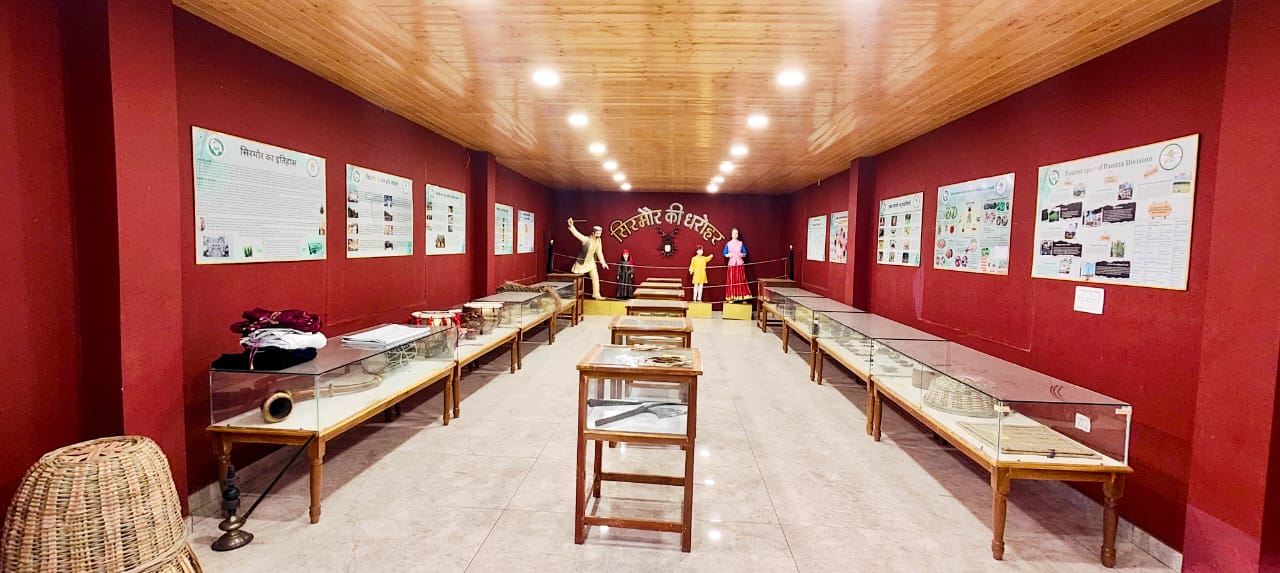
A RIVERFRONT FOR THE TOWN
The once-neglected banks of the Yamuna now boast a rejuvenated riverfront, designed as a public space where locals and tourists can connect with nature. What was once a dumping site has been turned into a lively stretch for relaxation, learning, and interaction. Together with the other projects, it marks the beginning of an ecotourism circuit, a vision Raj hopes will link Paonta Sahib’s forests, trails, cultural spaces, and nearby reserves into a seamless experience for visitors.
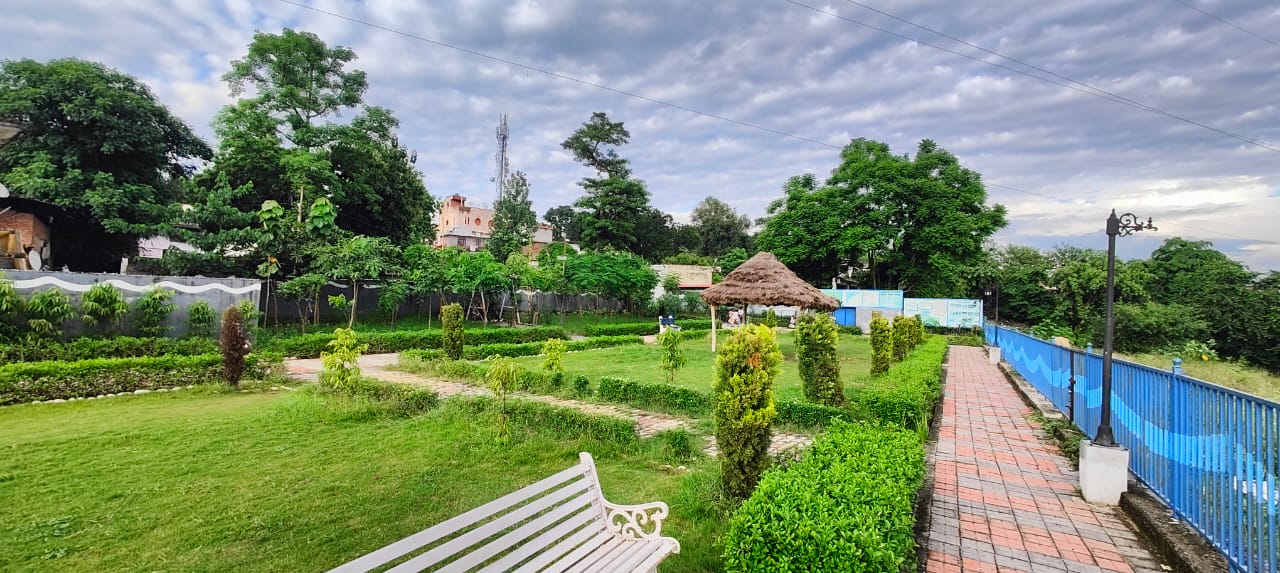
RESTORING HERITAGE FOR TOMORROW’S TOURISTS
To make this circuit truly functional, accommodation was essential. Raj’s team restored two heritage Forest Rest Houses dating back to the 1910s, blending old-world charm with modern comfort. Now, travellers drawn by the eco-parks and trails have places to stay, completing the town’s ecotourism loop.
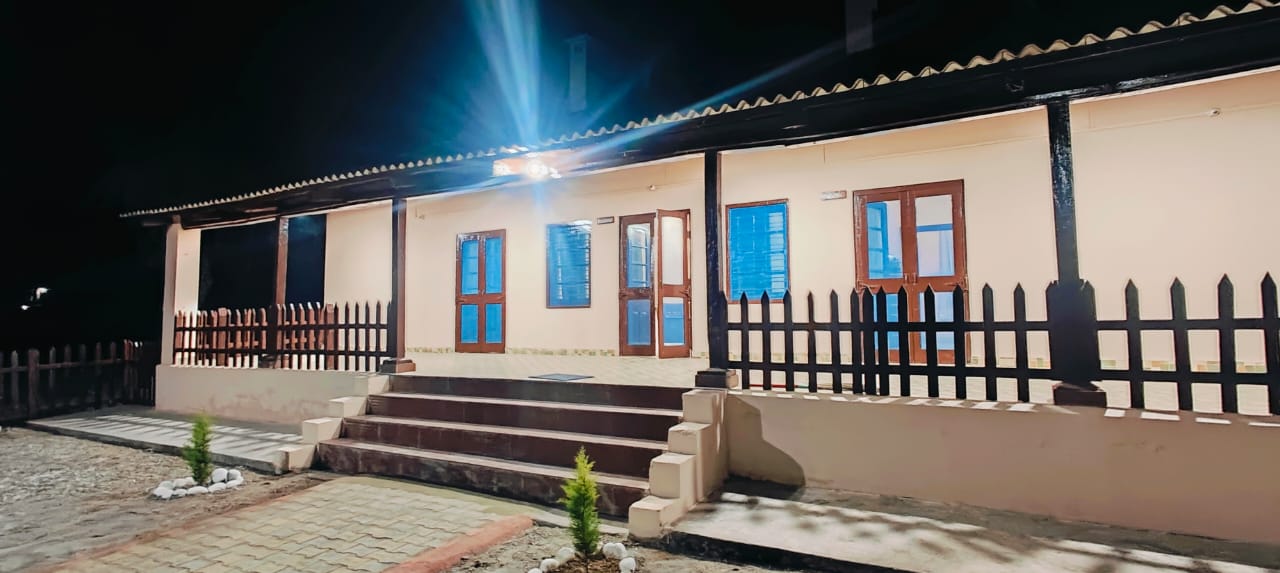
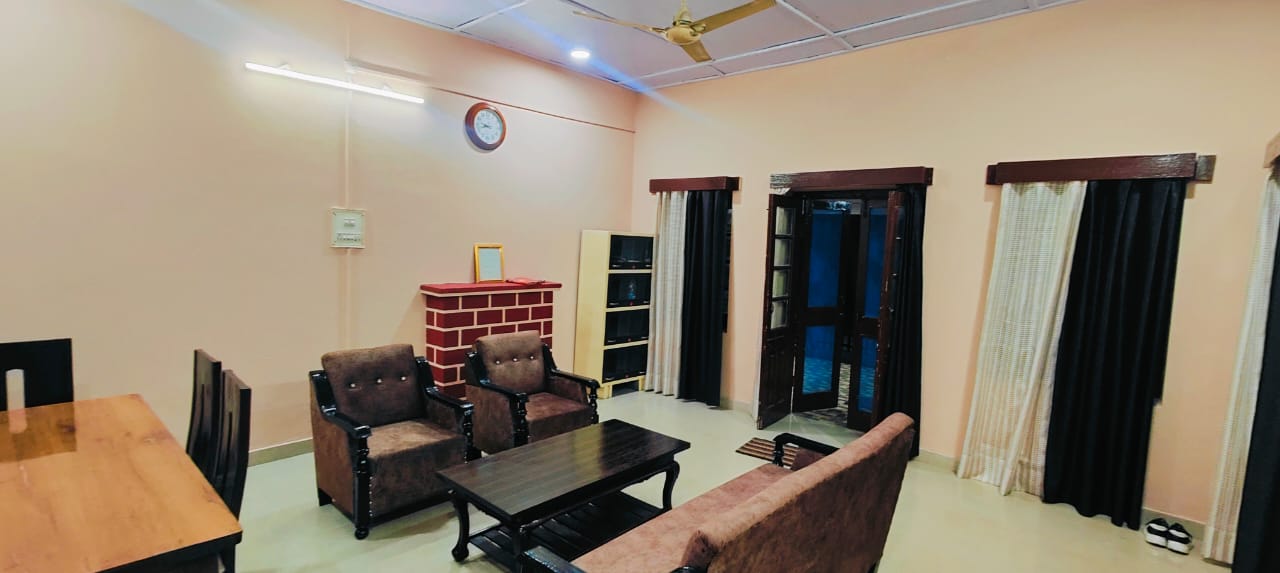
COMMUNITIES AT THE HEART
None of this would be sustainable without local involvement. From plantation drives with panchayats to SHGs managing cafes in eco-parks, communities have been active partners. Plans are underway to tie up with the National Rural Livelihood Mission, enabling local women to sell products made from non-timber forest produce.
“Livelihood generation and sustainability were at the core of these projects,” says Raj.
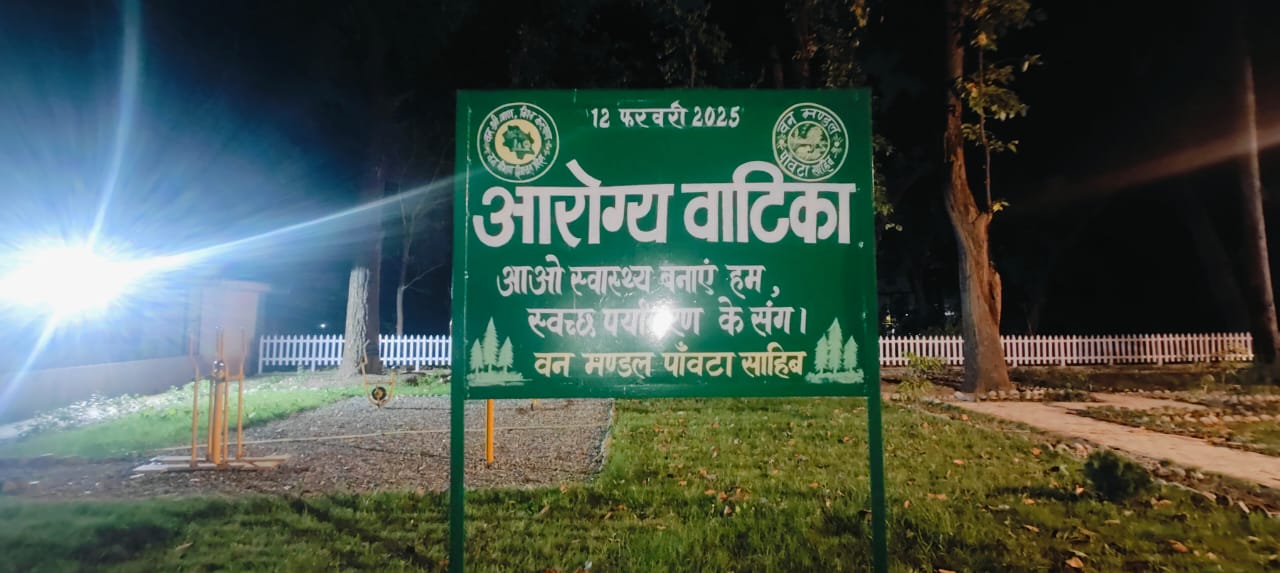
ELEPHANTS, MINING, AND LAW ENFORCEMENT
While developing these projects, Raj’s team was also grappling with pressing challenges. In 2023, Himachal Pradesh was included in Project Elephant for the first time, after elephants began frequenting Paonta Sahib. Managing man-animal conflict in a non-traditional elephant state was uncharted territory.
Simultaneously, the division became a front-runner in cracking down on illegal mining. “Our mining challans went up to ₹1.5 crore in two and a half years, the highest in Himachal,” Raj shared with Indian Masterminds, underlining the intensity of enforcement in this unique border division that touches Uttarakhand, Haryana, and Uttar Pradesh.
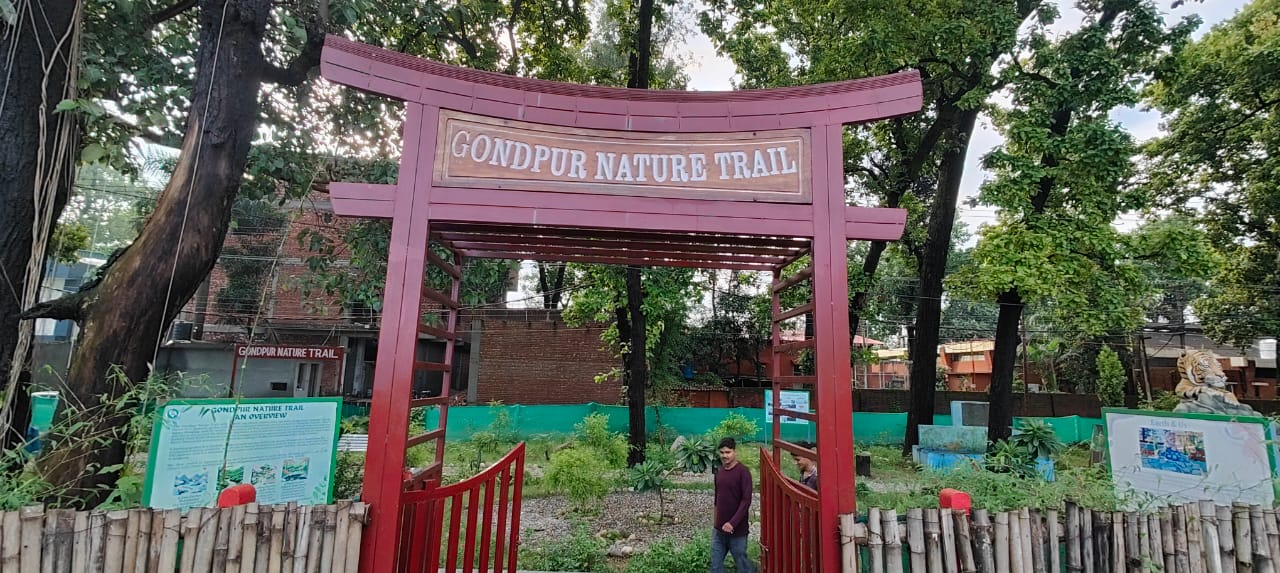
THE ROAD AHEAD
Raj has already drafted a 10-year working plan for Paonta Sahib’s forests, identifying 15–16 new sites for future ecotourism, from birding trails and trekking paths to vantage points where elephants enter Himachal. Some of these sites, including three to four, are already under development.
The larger goal? A holistic circuit where visitors can explore riverfronts, trails, cultural hubs, and nearby sanctuaries like Renukaji Lake, Asan Bird Conservation Reserve, and Kalesar National Park, all interconnected through Paonta Sahib.
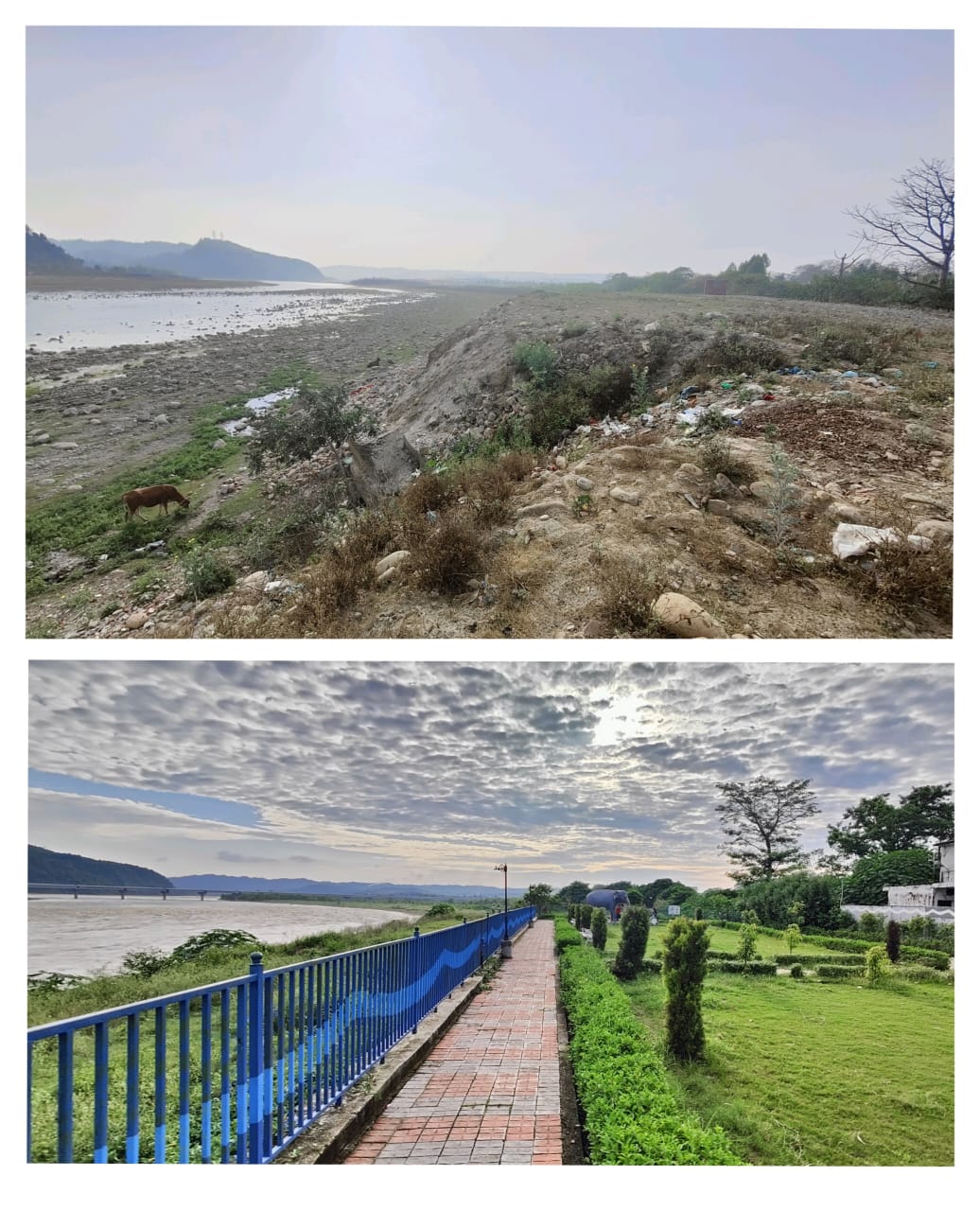
A TOWN REIMAGINED
From cleaning up garbage dumps to creating cultural landmarks, Aishwarya Raj’s work in Paonta Sahib is more than just forestry; it is about reimagining a holy town as a living classroom of nature and culture.
“Each project was created with the purpose of education, recreation, and conservation. If visitors and locals leave with a deeper connection to nature, then we have succeeded,” Raj reflects.
As Himachal’s newest eco-tourism hub takes shape, Paonta Sahib may no longer be an overlooked town on the map. Instead, it is becoming a destination where forests, rivers, history, and community come together in harmony.

